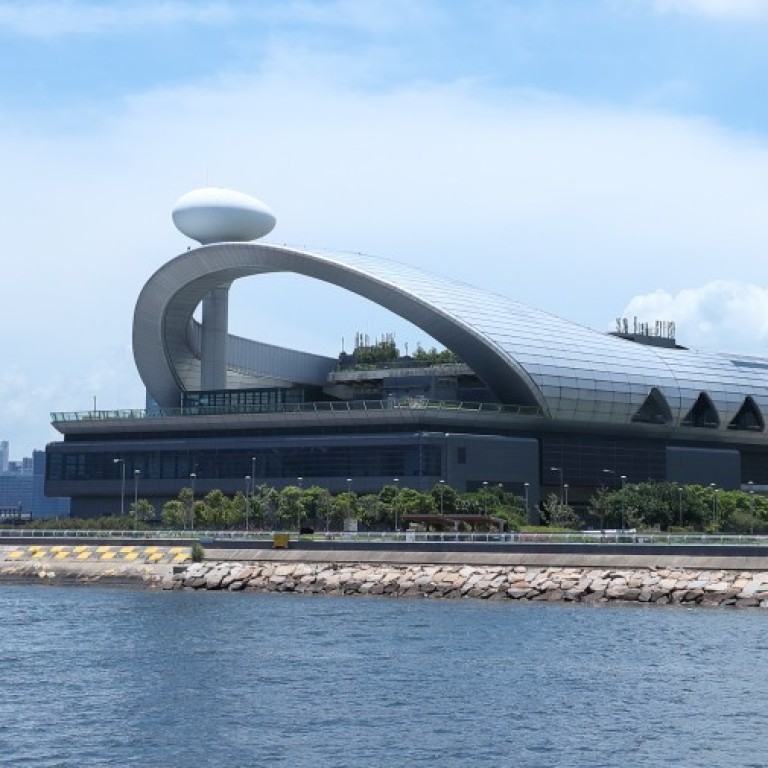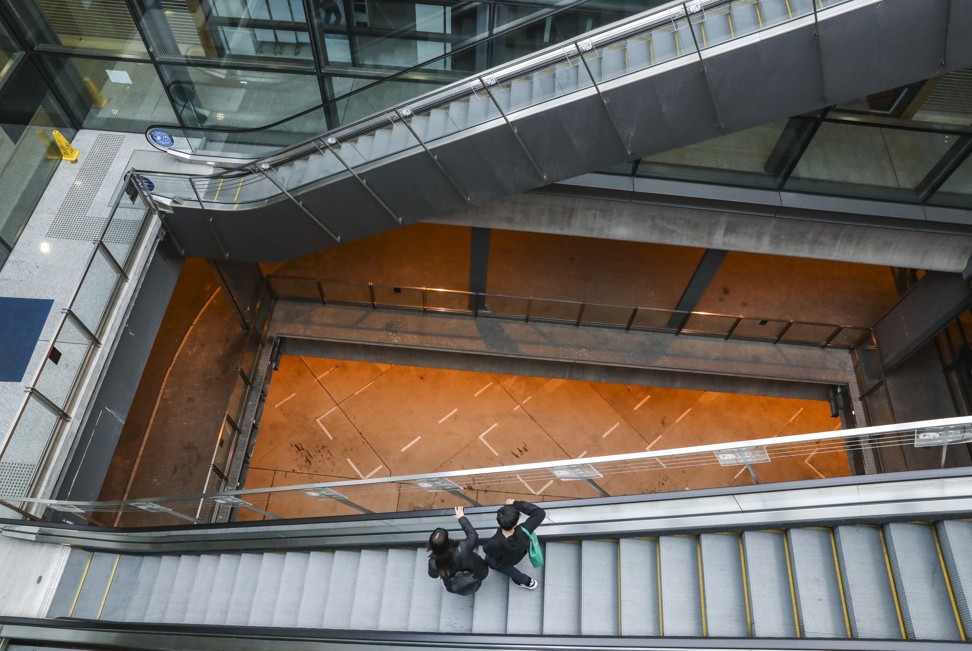
Tenants at Kai Tak cruise terminal say relief efforts not enough to overcome Hong Kong’s tourism slump
- Under a US$512 million package for SMEs unveiled this week, tenants will get a rent cut and cruise lines will pay lower docking and passenger fees
- But the firms say more help is needed to cope with declining tourism, as the economy reels from the impact of the Hong Kong protests and US-China trade war
Tenants and cruise lines at the underused Kai Tak Cruise Terminal on Friday called for more help to weather Hong Kong’s tourism slump, saying the government’s recent measures to support the industry did not go far enough.
Under the nearly HK$4 billion (US$512 million) package, the Kai Tak Cruise Terminal would enjoy six months of relief, in which government rents for tenants, as well as docking and passenger fees for cruise lines, would drop by 34 per cent.
The plan, which would benefit six tenants and 105 ships calling on the terminal during the six-month period, was met with a cool response by the companies.

Dream Cruises, one of the cruise lines at the terminal, said it was hoping for a longer-term approach by the government.
“As the only cruise company with a year-round home port deployment in Hong Kong, we look forward to further relief measures that would provide sustainable support over the full-year period,” said a spokeswoman. She did not elaborate further.
Government announces fourth wave of relief measures worth about HK$4 billion
Michael Tam Siu-cheung, chairman of the Federal Restaurant Group, which runs three out of five restaurants at the terminal, welcomed the government’s 34 per cent rent reduction, but called on them to go further to help businesses tide over cash-flow issues.
“The restaurant properties are sublet to us by the cruise terminal operator,” Tam said. “We pay one-third of the rent to the government, and two-thirds to the operator, which is a private company.
“I hope the government will halve the overall rent – including the portion we pay to the cruise terminal – as it normally does for other government-owned properties.
“If that were the case, I’m confident we can survive.”
Tam said the city’s catering industry had been hard-hit by the impact of the anti-government protests, which have rocked the city for the past six months.
Demonstrations have frequently descended into chaos, with radical protesters hurling petrol bombs or bricks at riot police. Public facilities, metro stations and businesses with links to the mainland have been attacked and vandalised. Police officers have also fired tear gas, pepper spray, and even live rounds at protesters.
Federal’s banquet restaurant, usually the top earner among its three restaurants, had seen many event cancellations, such as weddings and annual dinners in the past few months, Tam said.
“Now is supposed to be the peak season for banquets,” he said. “When we miss the busy season, how are we supposed to compensate for the losses arising in the low season? We are bleeding heavily.”
For struggling Hong Kong firms, rent cuts and return to peace more valuable than latest relief measures
Tam said he also hoped the government would do more to attract visitors to the unpopular terminal.
Since the debut of the three-storey terminal in 2013, critics have called it a “white elephant” and a “ghost island” with poor transport links.
Two cruise lines call the terminal their home port, including one seasonally. As of December 6, a total of 182 cruise liners had arrived at the cruise terminal this year. Last year the number was 170, and 186 in 2017.
“The terminal is deserted, with an insufficient flow of people,” Tam said. “The terminal is built with a beautiful park and so much indoor space.
“I hope the government can promote the area. It can help both boost Hongkongers’ spirits from the current depressing social atmosphere, and also help benefit the businesses here.”


